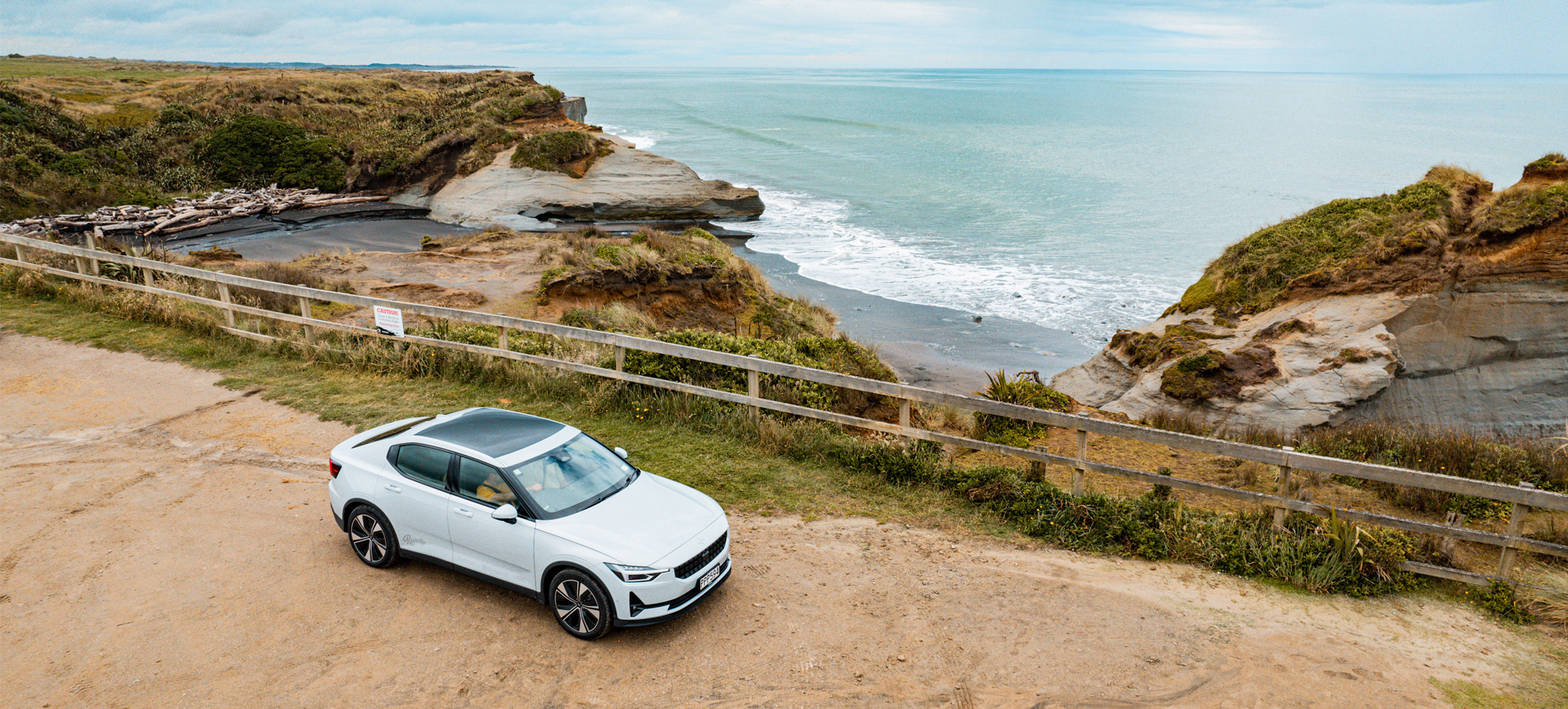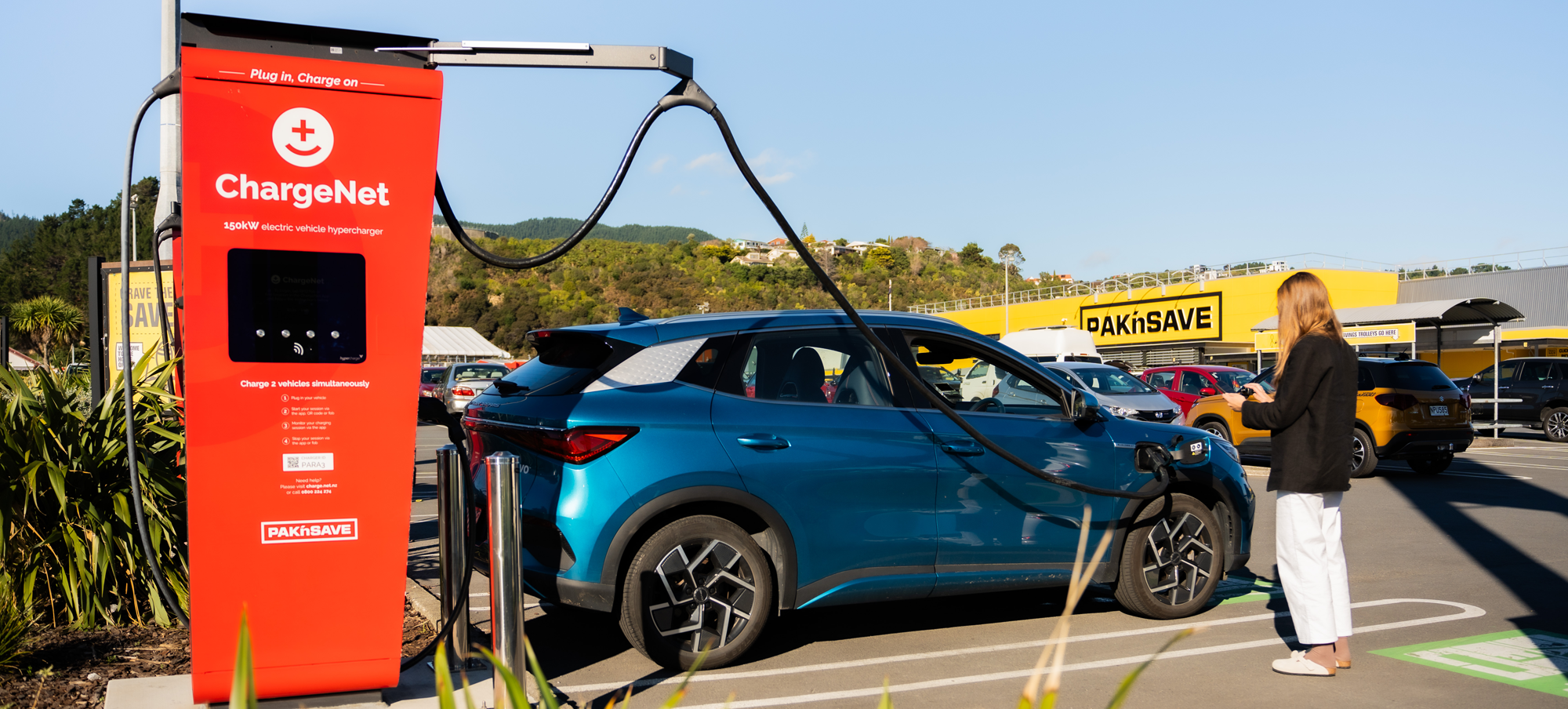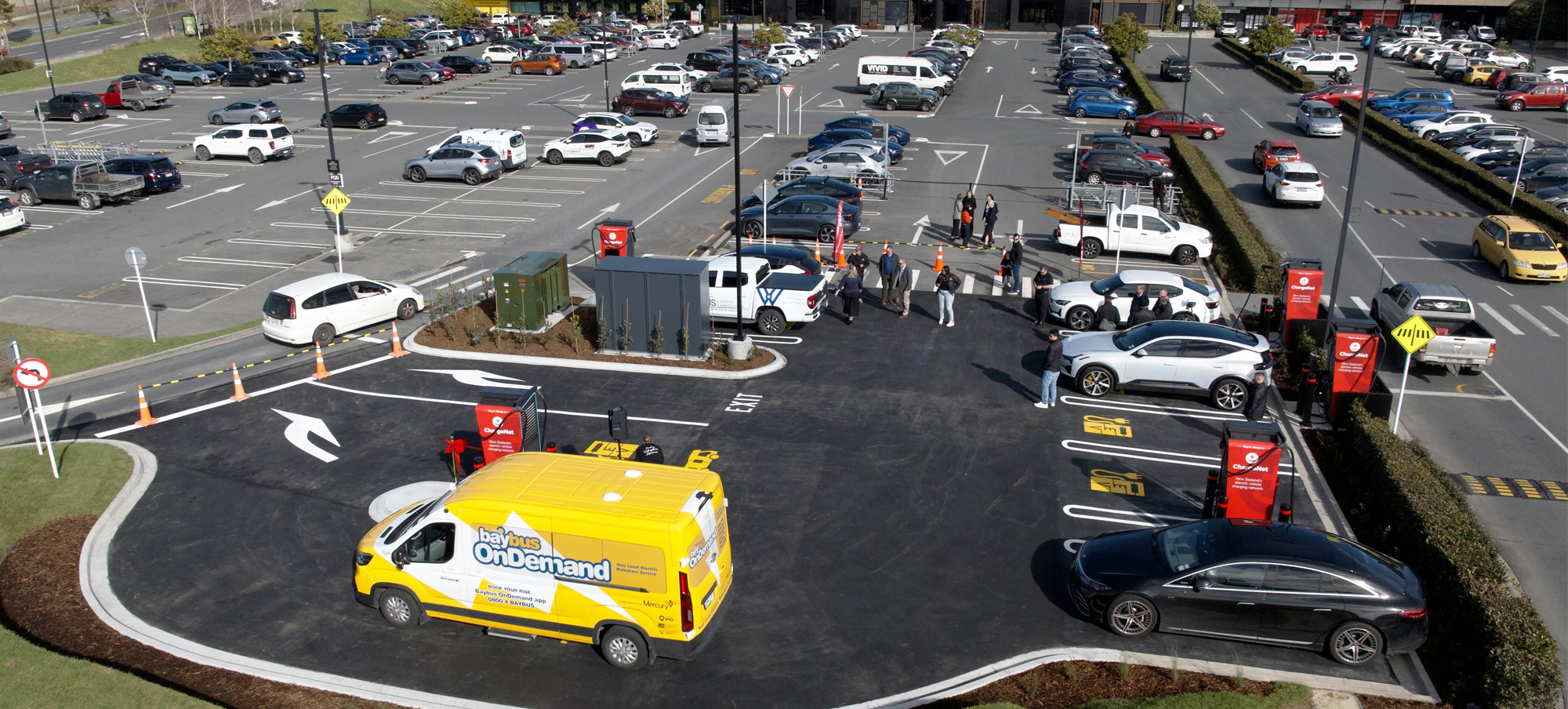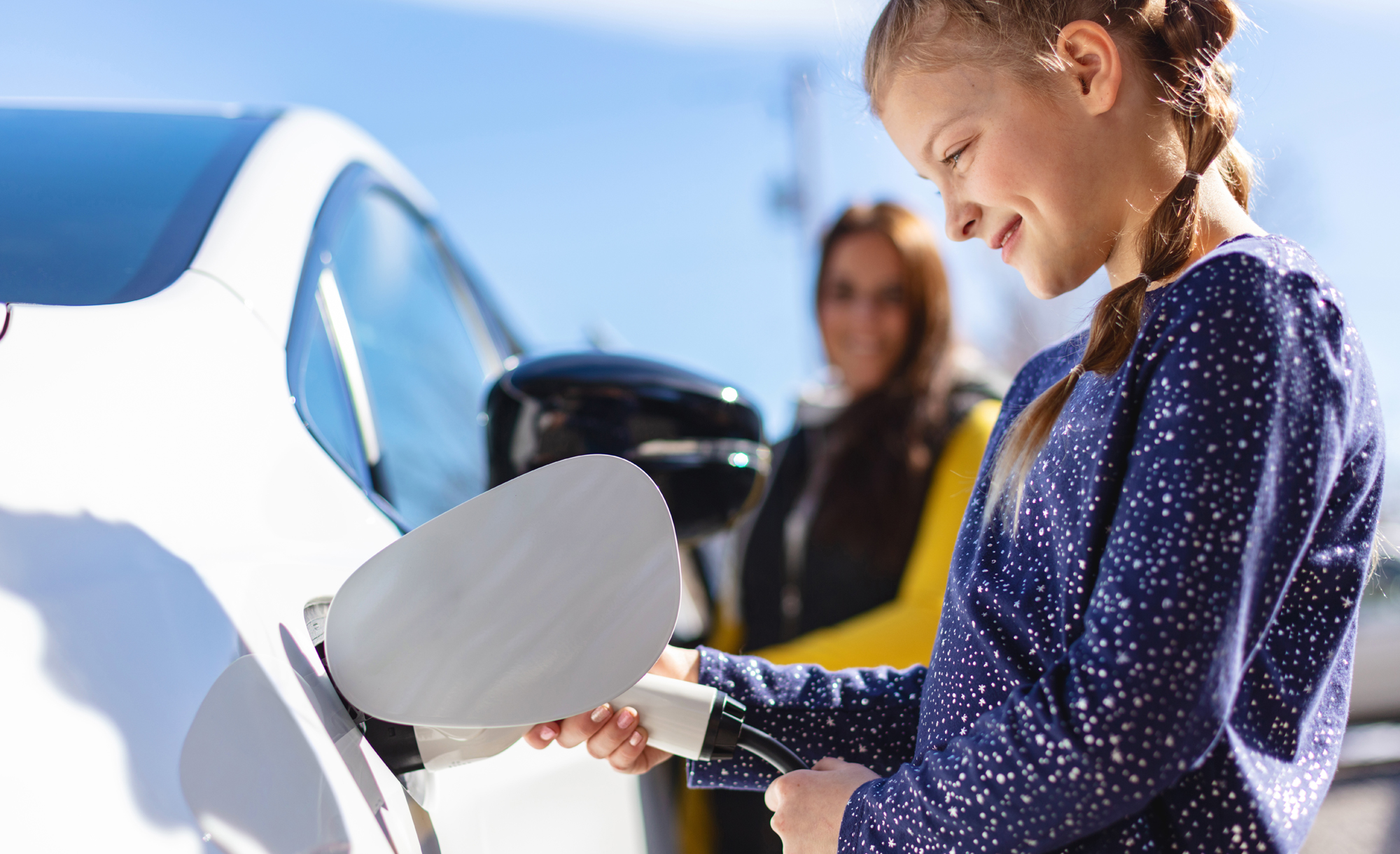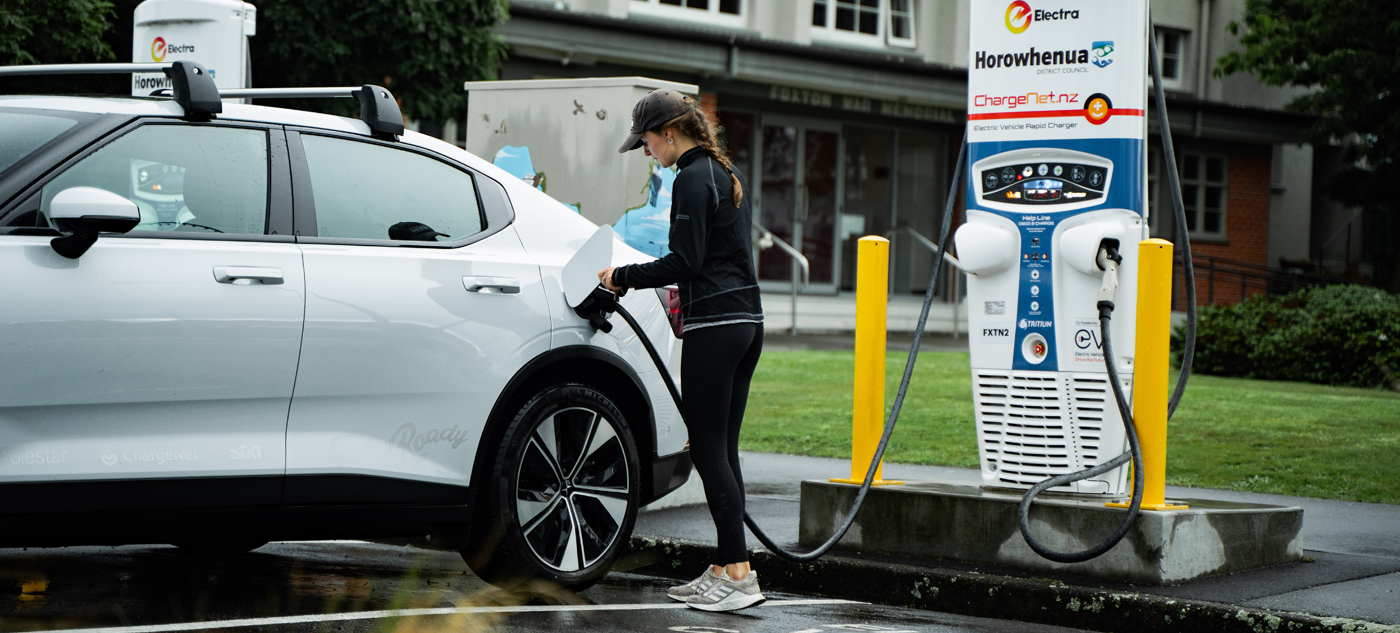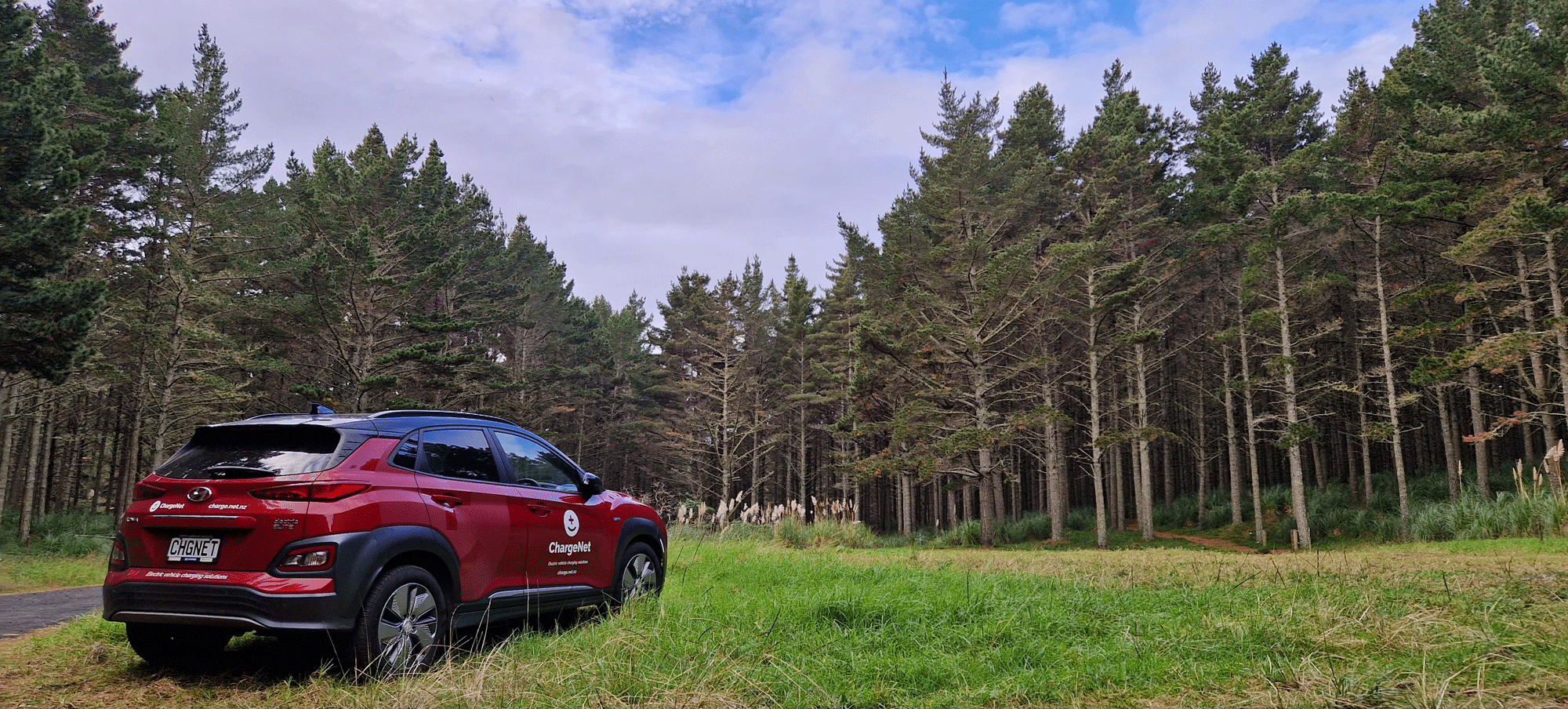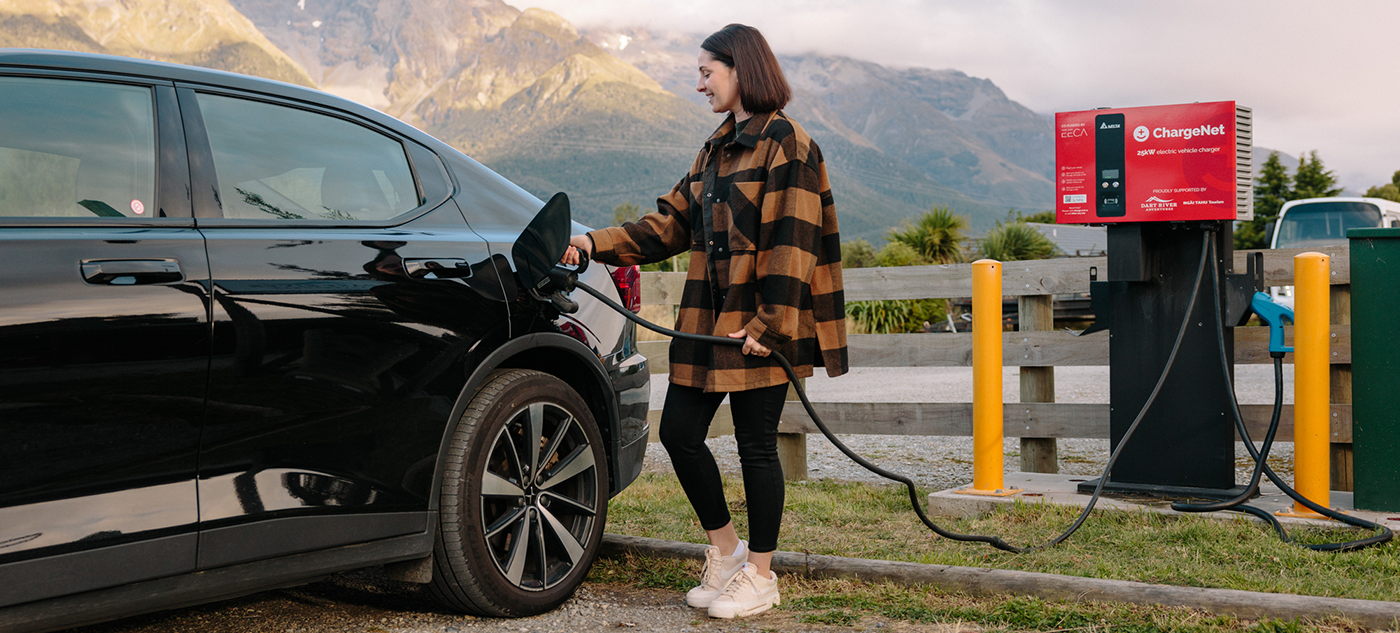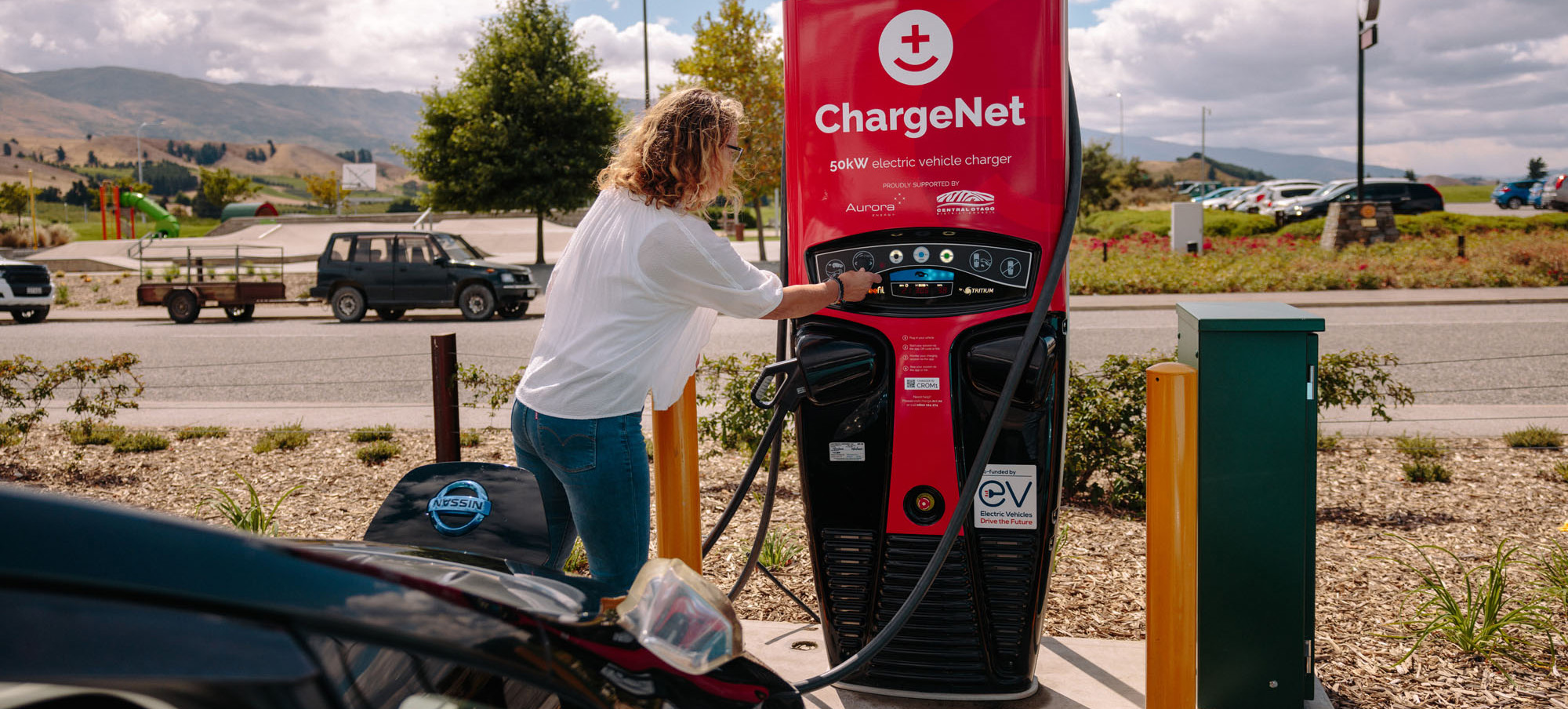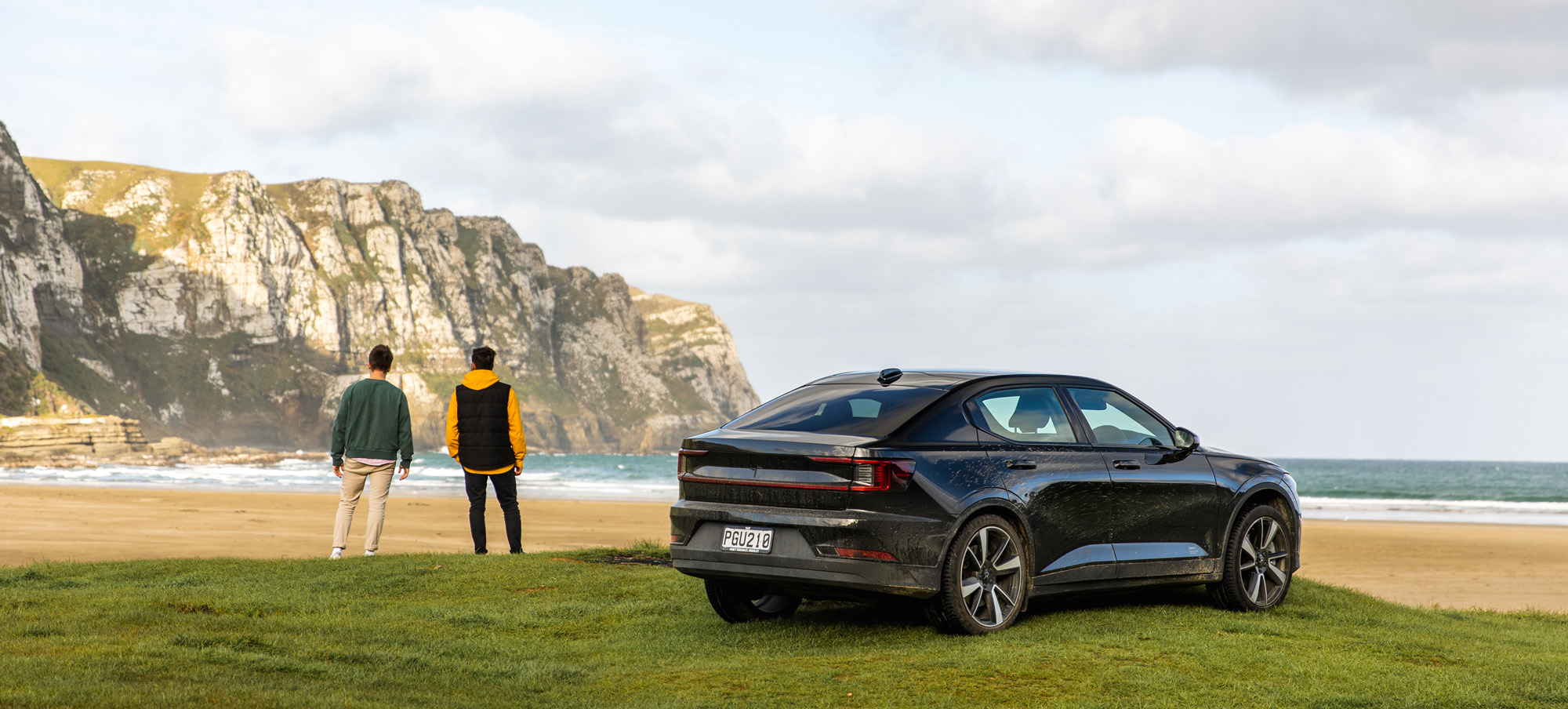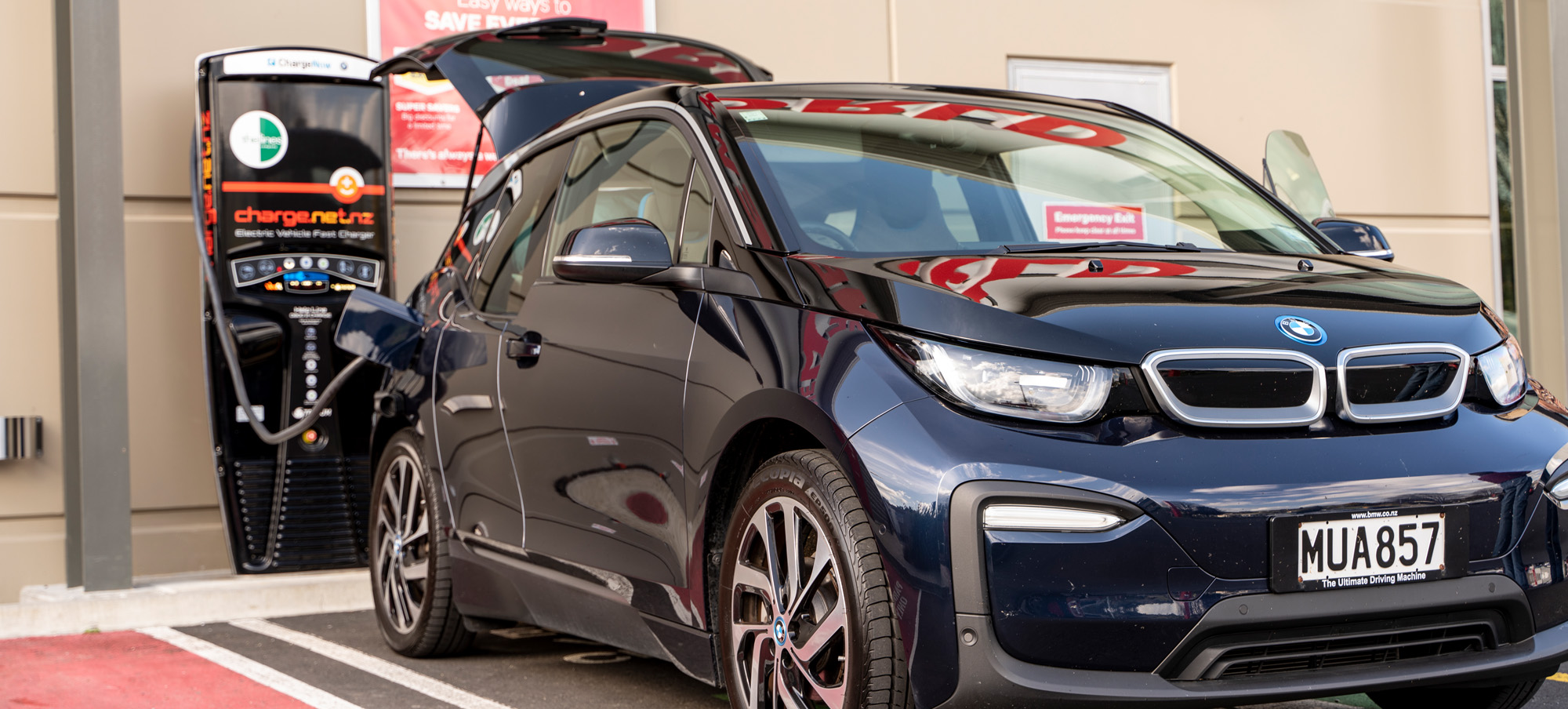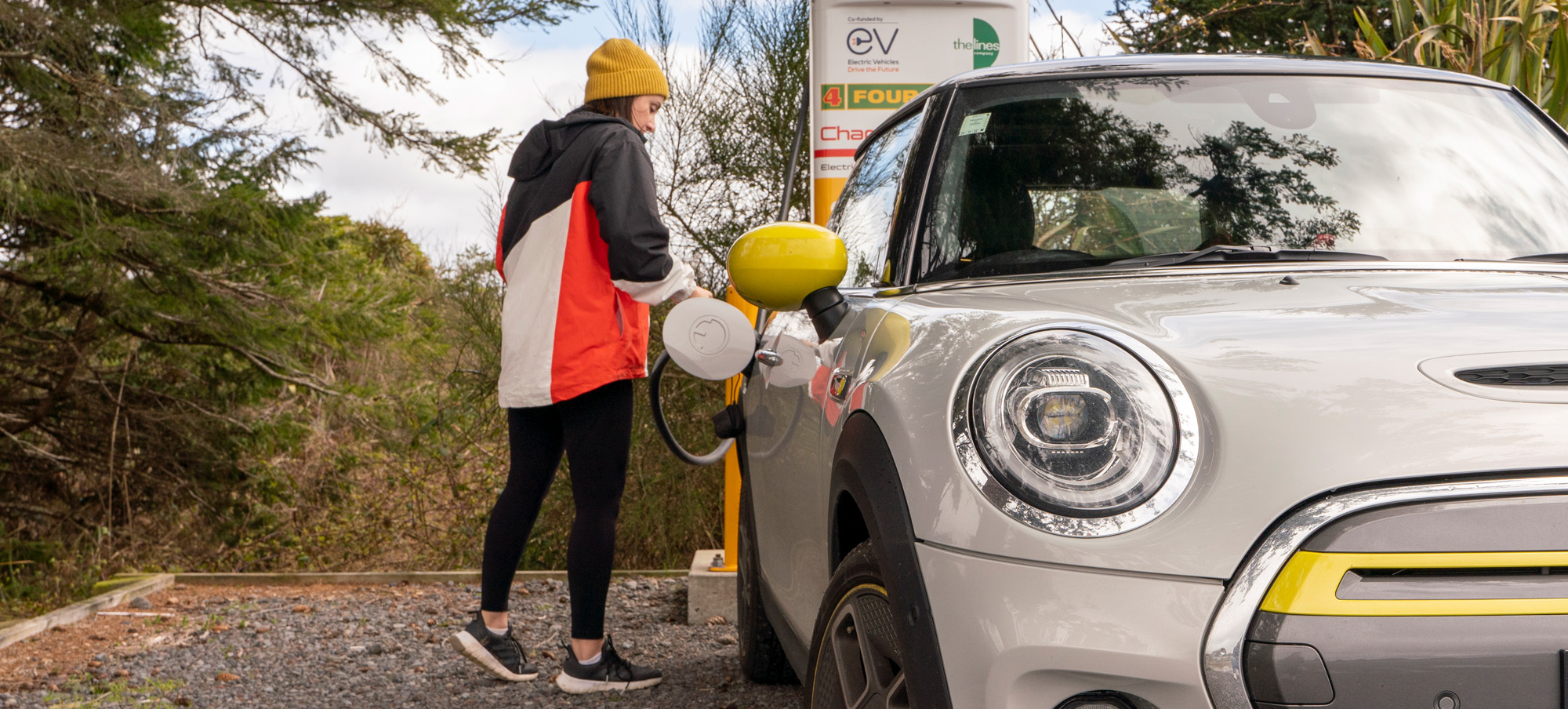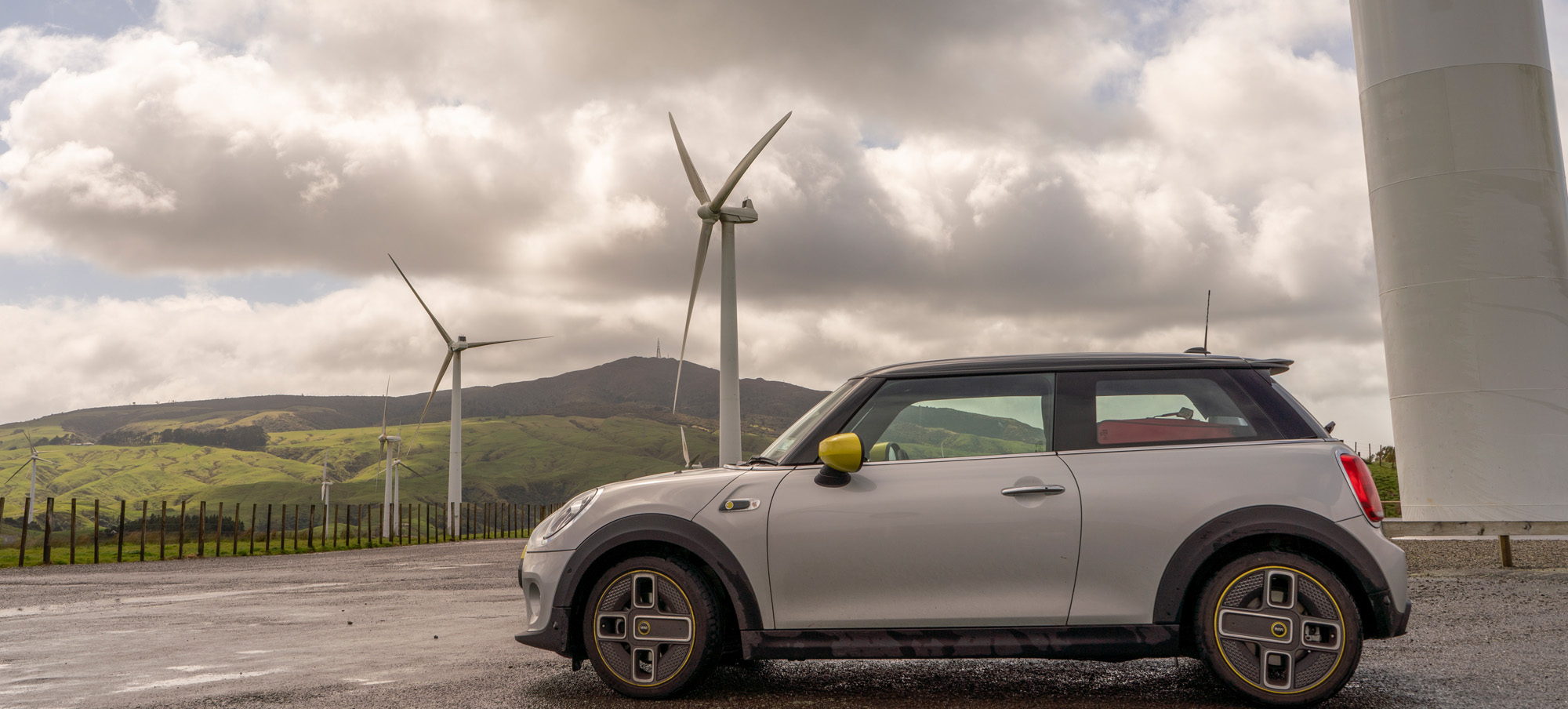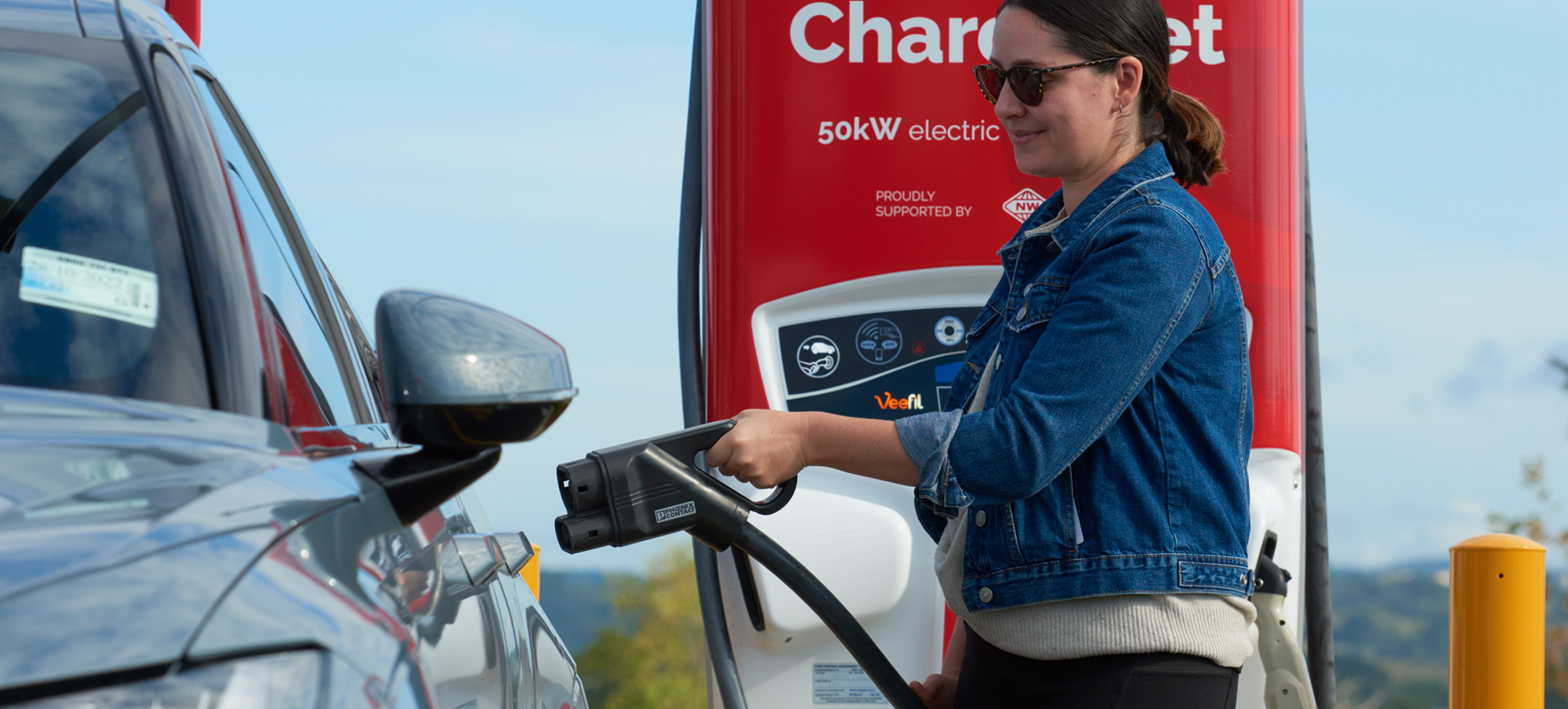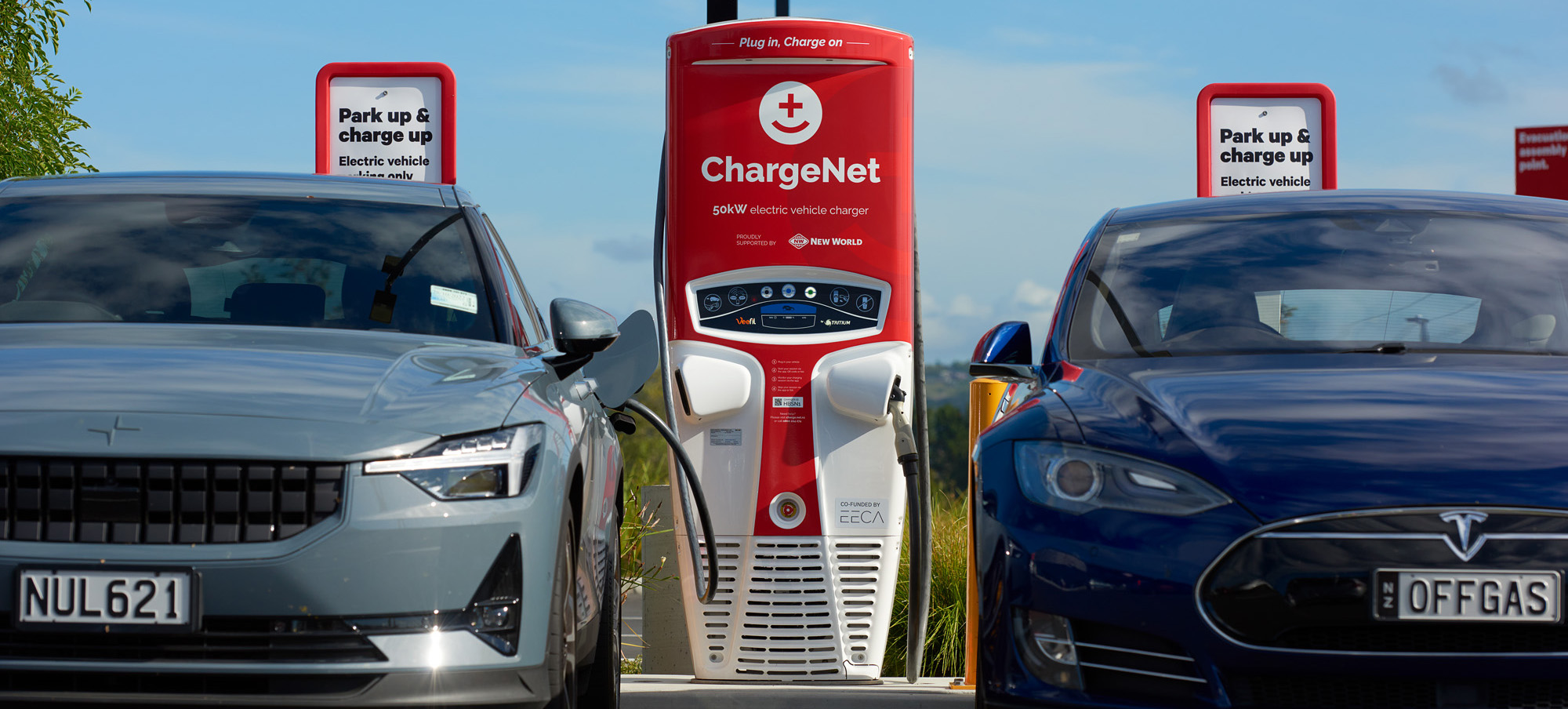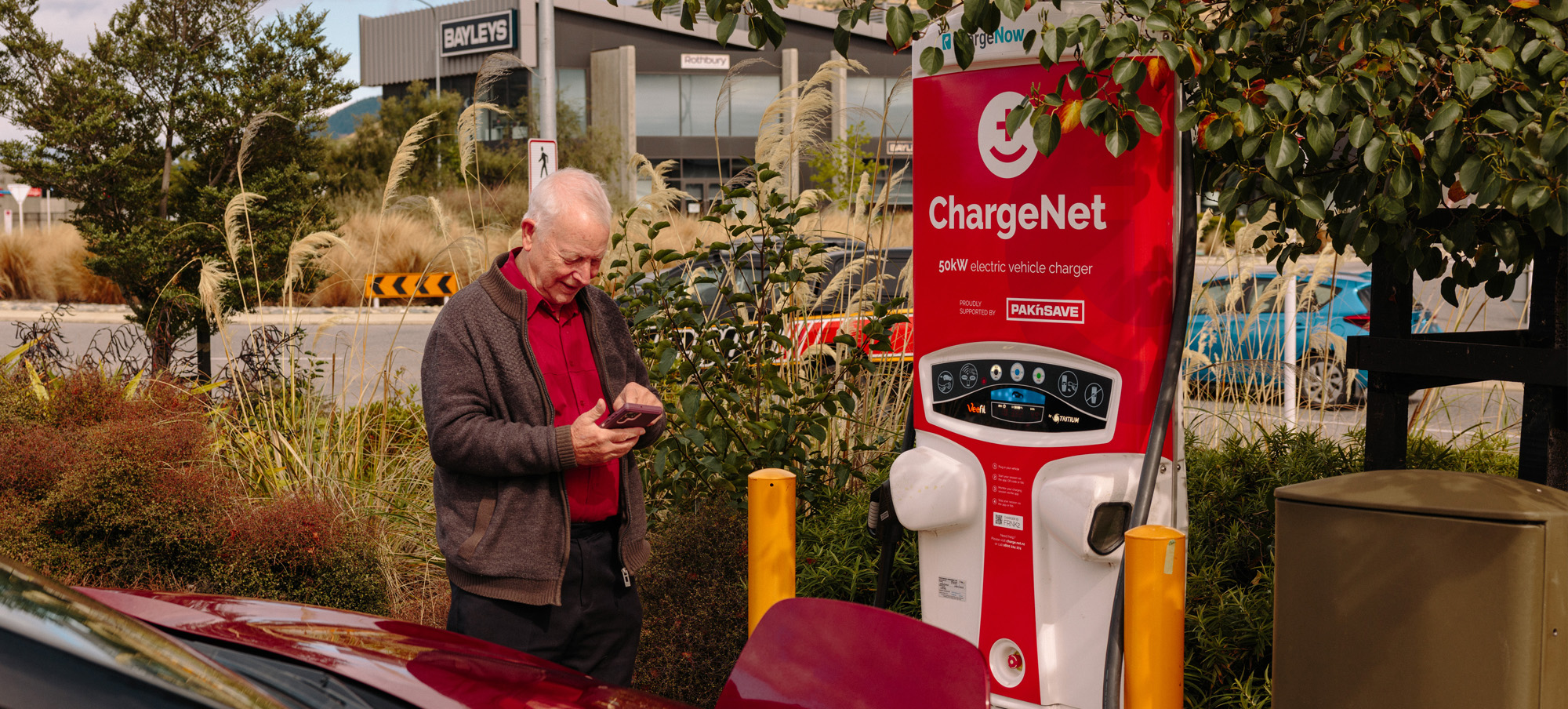
Clearing the air: debunking 5 common misconceptions surrounding electric vehicles
Just like any emerging technology, electric vehicles aren’t immune to criticism. A number of common misconceptions continue to circulate, despite rapid advancements in the industry meaning many of them are no longer true. We’re excited to celebrate the fourth annual World EV Day by arming Kiwis with the facts about EV ownership in New Zealand. As New Zealand’s EV fast-charging network, we recognise the important role we can play in making sure Kiwis are plugged into all the news and developments in the EV space.
That’s why we’ve put together a list of common EV myths that need to be left in the 2010s – to help you make an informed decision about whether buying an EV in New Zealand is the right choice for you.
